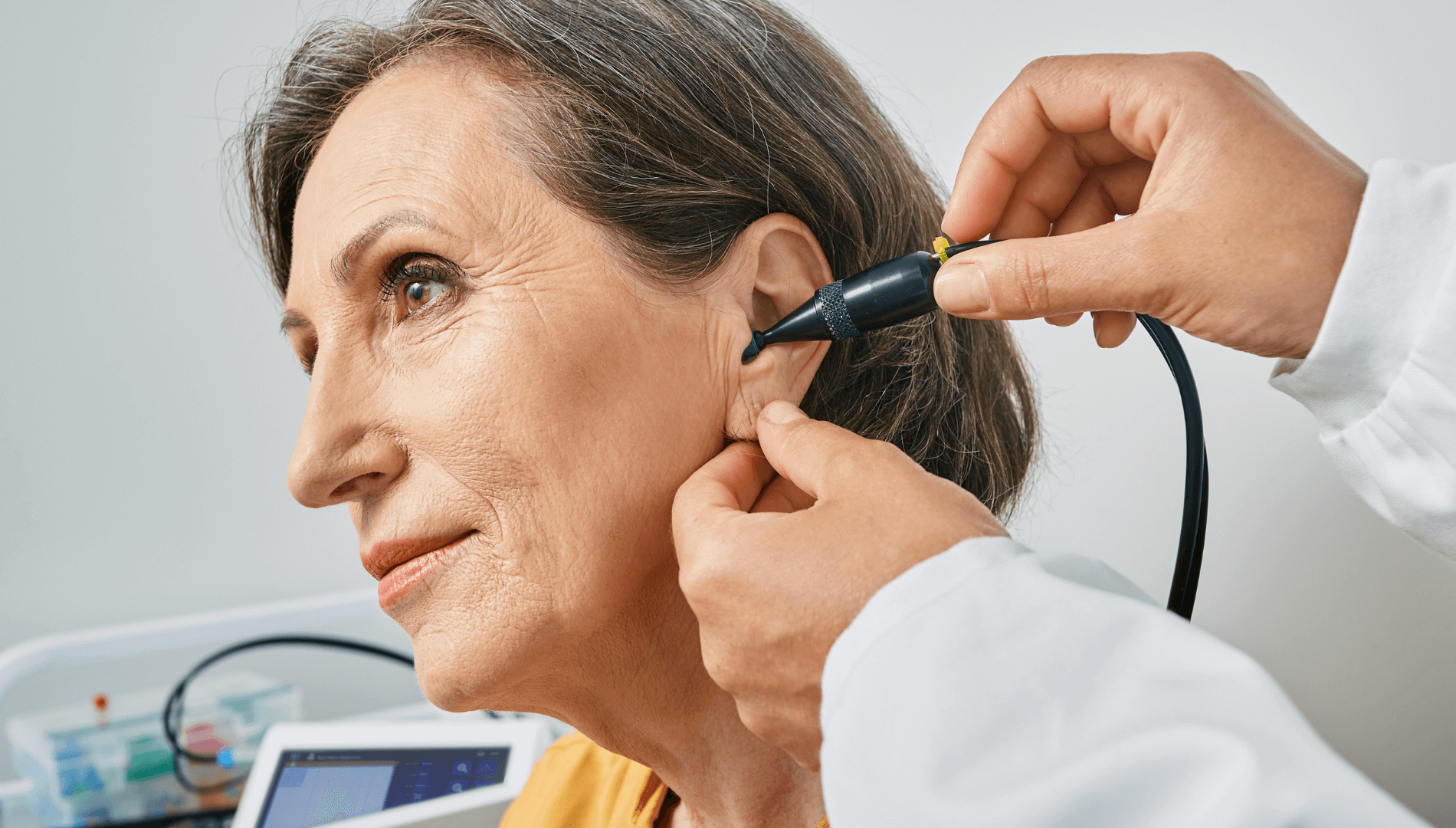
Living with hearing loss can present unique challenges, but with advancements in technology, there are various solutions available to enhance one’s auditory experience. One such solution is the use of hearing aids. In this guide, we’ll explore the different types of hearing aids, shedding light on their functionalities and helping you make an informed decision about the most suitable option for your needs.
Behind the Technology:
Hearing aids are sophisticated devices designed to amplify sounds, making them clearer for individuals with hearing impairment. They work by capturing sounds through a microphone, processing the signals, and then delivering them through a speaker into the ear. There are several types of hearing aids, each with its own set of features and benefits.
Behind-the-Ear (BTE) Hearing Aids:
BTE hearing aids are the most common type, known for their versatility and effectiveness. These devices sit comfortably behind the ear, with a tube that connects to a custom earpiece. BTE hearing aids are suitable for various degrees of hearing loss, and their larger size allows for additional features, such as directional microphones and rechargeable batteries.
In-the-Ear (ITE) Hearing Aids:
ITE hearing aids are custom-made to fit within the ear, making them less noticeable than BTE models. They are suitable for mild to severe hearing loss and come in two subtypes: the full-shell ITE, which fills most of the ear, and the half-shell ITE, which is smaller and sits in the lower portion of the ear.
In-the-Canal (ITC) and Completely-in-the-Canal (CIC) Hearing Aids:
ITC and CIC hearing aids are even more discreet, fitting partly or entirely inside the ear canal. These devices are ideal for mild to moderate hearing loss. While their smaller size makes them less visible, it also limits the inclusion of advanced features and may require more frequent maintenance due to exposure to earwax.
Receiver-in-Canal (RIC) and Receiver-in-the-Ear (RITE) Hearing Aids:
RIC and RITE hearing aids share similarities with BTE devices but are distinguished by a small receiver placed directly in the ear canal. This design allows for a more natural sound experience and is suitable for mild to severe hearing loss.
Choosing the Right Fit:
Selecting the right hearing aid involves considering factors such as the degree of hearing loss, lifestyle, and personal preferences. Consultation with a hearing health professional is crucial for a proper assessment and guidance. They can help determine the most appropriate type of hearing aid and provide valuable insights into maintenance and adjustment.
Caring for Your Hearing Aid:
Regardless of the type of hearing aid chosen, proper care is essential to ensure optimal performance. Regular cleaning, avoiding exposure to moisture, and following the manufacturer’s guidelines for maintenance are crucial steps in extending the lifespan of your device.
In Conclusion:
Understanding the different types of hearing aids empowers individuals with hearing loss to make informed decisions about their auditory health. The right hearing aid can significantly improve one’s quality of life, enhancing communication and connection with the world. If you or a loved one is considering a hearing aid, take the time to explore the options and consult with a qualified professional for personalized guidance. Embrace the transformative power of technology in the journey to rediscovering the joy of sound.

How Untreated Hearing Loss Affects Your Mind and Body
Matthew Favinger, M.S., F-AAA

How Regular Hearing Tests Can Preserve Your Hearing Health
Matthew Favinger, M.S., F-AAA

